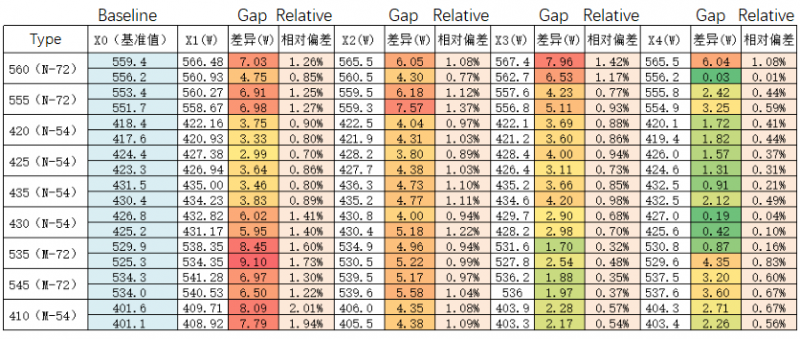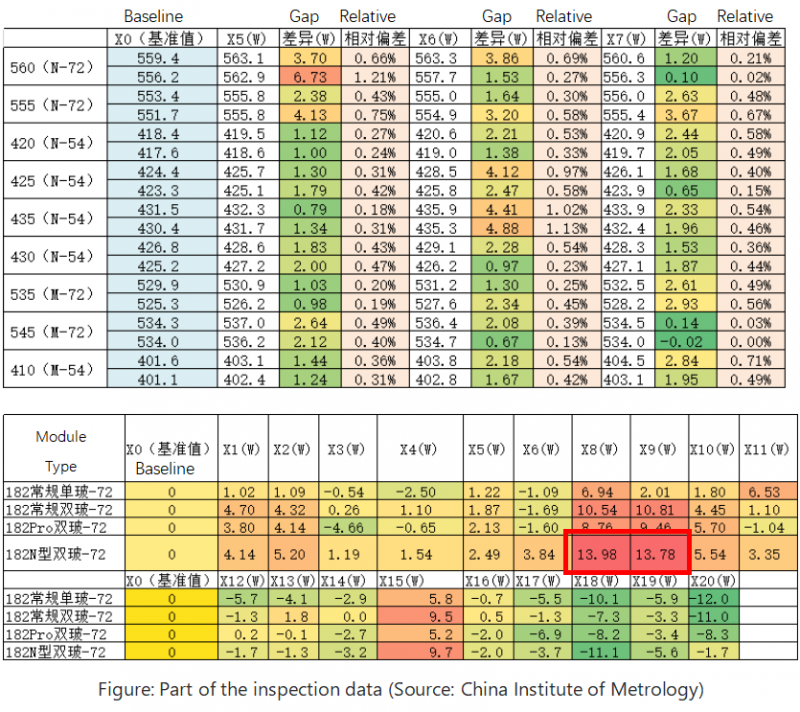PVTIME – On July 27th, the National Energy Administration released a report on the construction and operation of China’s photovoltaic power generation, showing that in the first half of 2023, a new grid connected capacity of 78.423 million kilowatts was added, including 37.46 million kilowatts for utility photovoltaic power generation and 40.963 million kilowatts for distributed photovoltaic power generation.
To promote the construction of ecological civilization and achieve the “double carbon” goals, China is dedicated to clean energy development. Renewable energy capacity has surpassed coal power and now accounts for 48.8 percent of the total capacity, according to official data released by the National Energy Administration on July 31st. As the main force of renewable energy, photovoltaic has become the second largest energy pillar in China.
However, in recent years, with the emergence of new technologies for photovoltaic modules, the technical difficulty of accurately calibrating module power has become increasingly difficult. According to recent extensive research conducted by the China Institute of Metrology, it has been found that there is an astonishing gap in the data of external calibration module power for some institutions. Some third-party institutions have a maximum overrating of 10W for module power data with a Pmax of 550W, and there is an upward trend, with some even reaching as high as 14W.


The market research results show that the power data for photovoltaic module calibration by different third-party institutions are not uniform and have significant differences. This makes some photovoltaic companies biased towards selecting certain third-party institutions.
Is this the true backwardness of measurement technology, the inconsistency of standards, or is it deliberately inflated to meet the business objectives of the enterprise? Although this answer is unknown, the harm caused by the false high module power is enormous. It may not only have an impact on the quality and power generation of power stations, but also seriously affect market fair competition and consumer rights. Moreover, enterprises may face huge claims risks caused by power differences, and even bring great impact and serious harm to the entire photovoltaic industry, causing the phenomenon of “bad money driving out good”.
Among them, the overrated module power will undoubtedly increase the burden on consumers. If the module price is calculated at 1.3 yuan/watt, then if the module power is falsely increased by 10 watts, the selling price of a photovoltaic panel will be 13 yuan higher than the actual one. This will lead to an increase in the cost of photovoltaic power generation, which is contrary to the trend of continuously reducing costs in the photovoltaic industry.
Therefore, it is necessary to eliminate the phenomenon of power deviation from the true value in a timely manner, improve the scientific and accurate traceability of module power values, establish and strengthen relevant regulatory and standard systems, strengthen supervision and review of product testing and promotion, enable various institutions to return to the true value, and standardize the healthy development of the photovoltaic industry.











